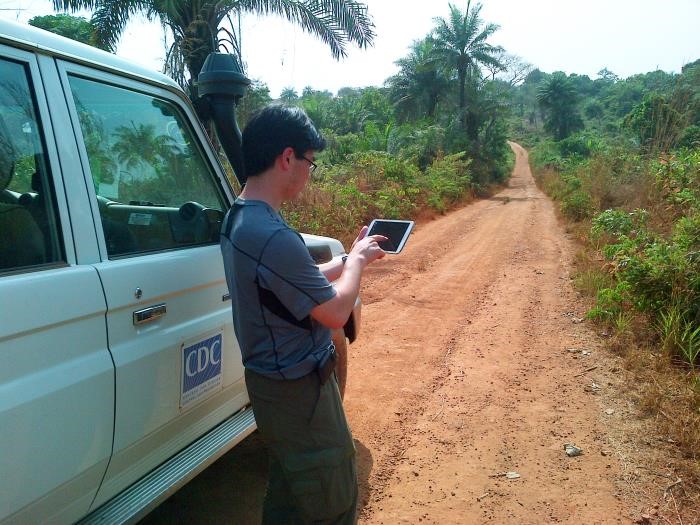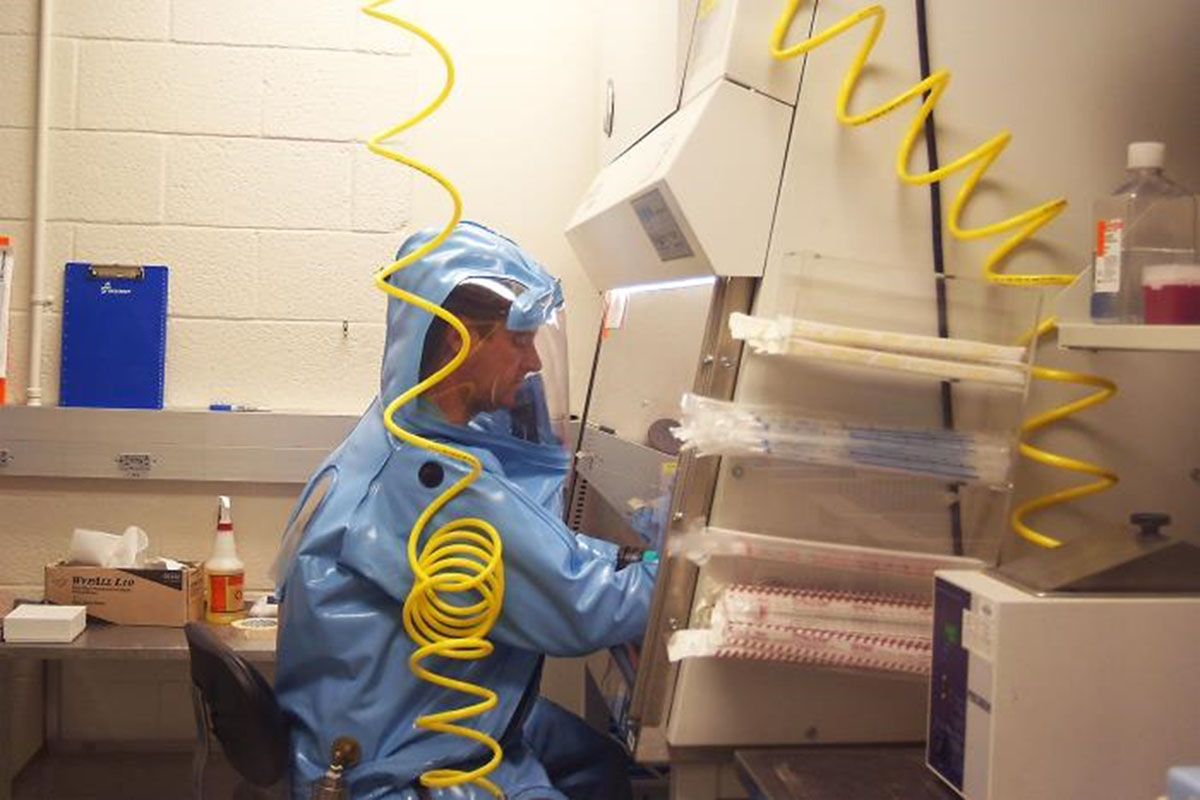You are here
CDC: A Year In Review, A Look Into 2016
The beginning of a new year is the perfect time to look ahead, but also to reflect on the previous 365 days. On the heels of the unprecedented Ebola outbreak in West Africa, the U.S. Centers for Disease Control and Prevention (CDC) had a tremendous year of research and development in 2015.
Among its many successes, CDC recently put forward these highlights of its work from 2015:
 Ebola - Widespread transmission of Ebola has been controlled, although additional cases could occur sporadically. According to CDC’s website, the April 2015 vaccine trial in Sierra Leone has vaccinated more than 8,000 participants. After setting up emergency operations centers in Liberia, Sierra Leone and Guinea, CDC now has permanent offices in each country to provide ongoing assistance and support. The effort is to stay at zero cases.
Ebola - Widespread transmission of Ebola has been controlled, although additional cases could occur sporadically. According to CDC’s website, the April 2015 vaccine trial in Sierra Leone has vaccinated more than 8,000 participants. After setting up emergency operations centers in Liberia, Sierra Leone and Guinea, CDC now has permanent offices in each country to provide ongoing assistance and support. The effort is to stay at zero cases.
- Antibiotic Resistance - In 2015, the White House released the National
 Action Plan to Combat Antibiotic-Resistant Bacteria to ensure the responsible use of antibiotics, and the CDC took part in the first White House Forum on Antibiotic Stewardship. In 2016, CDC will accelerate these activities, release an antibiotic resistance stewardship report and debut the Antibiotic Patient Safety Atlas, an interactive web platform with open access to antibiotic resistance data.
Action Plan to Combat Antibiotic-Resistant Bacteria to ensure the responsible use of antibiotics, and the CDC took part in the first White House Forum on Antibiotic Stewardship. In 2016, CDC will accelerate these activities, release an antibiotic resistance stewardship report and debut the Antibiotic Patient Safety Atlas, an interactive web platform with open access to antibiotic resistance data.
- Global Health Security - This past year, the advancement of the Global Health Security Agenda (GHSA) was marked by a 30-country commitment to achieve the targets of the GHSA. Looking ahead, the U.S. is working to establish a five-year roadmap to help us reach those targets, ensuring that all countries have the ability to find, stop and prevent infectious diseases – to protect those in their community and prevent spread to the rest of the world.
- Tobacco - The 2015 “Tips from Former Smokers” campaign demonstrated that hard-hitting ads
 featuring the struggles of former smokers can have a real impact. In 2012, the campaign resulted in an estimated 100,000 smokers quitting permanently, averting about 17,000 premature deaths. The January 2016 issue of CDC’s Vital Signs focuses on youth and tobacco use.
featuring the struggles of former smokers can have a real impact. In 2012, the campaign resulted in an estimated 100,000 smokers quitting permanently, averting about 17,000 premature deaths. The January 2016 issue of CDC’s Vital Signs focuses on youth and tobacco use.
- Prescription Drug Overdose - The prescription drug overdose epidemic continues to grip the nation, making this issue a central public health priority for CDC and all of HHS. In 2015, CDC launched the Prevention for States program that gives qualifying states the tools they need stop prescription overdose deaths.
 In 2016, CDC will release opioid prescribing guidelines for primary care providers and expand the Prevention for States program to all 50 states and Washington, D.C.
In 2016, CDC will release opioid prescribing guidelines for primary care providers and expand the Prevention for States program to all 50 states and Washington, D.C.
- Lab Safety - Lab safety improvements at CDC remained a critical area and saw much progress in 2015, including establishing the new Office of the Associate Director for Laboratory Science and Safety and welcoming the inaugural class of laboratory leadership service fellows.
While we take stock of CDC’s great accomplishments, the staff of the CDC Foundation looks forward to beginning 2016 with our current partners and connecting with new ones. Together, we can help CDC advance, protect and improve the health of communities in America and throughout the world.